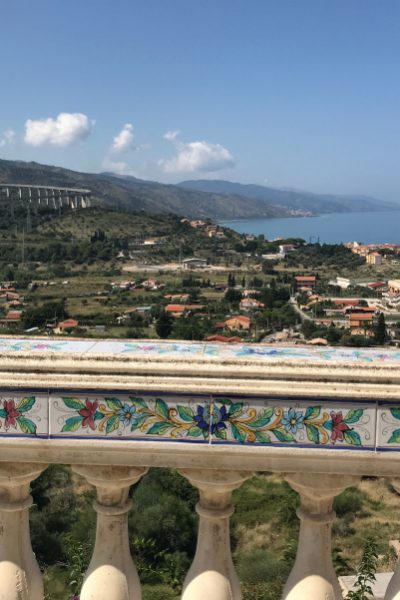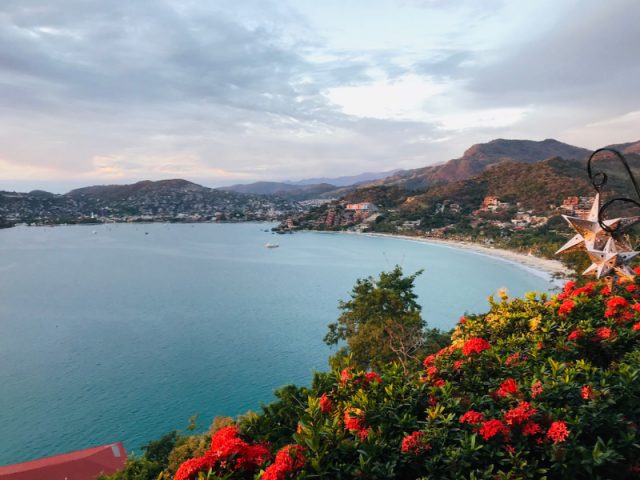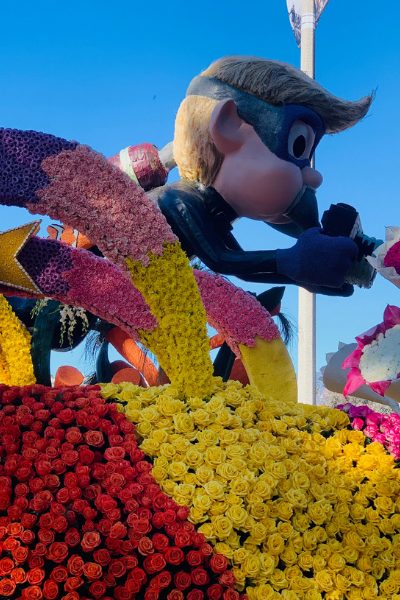
The Art and History of Sicilian Ceramics
October 10, 2018
Sicily has a rich history of ceramic arts and sculpture. I got the chance to peruse some of that history while I was in Italy for a yoga retreat last month.
Last month I spent a week in Sicily, Italy, for a yoga retreat. It was wonderful soaking up the sun, eating delicious food and exploring the art and history on the Italian island.
Sicily is world-famous for its history of ceramics; archaeologists have discovered pottery in the area that dates all the way back to 2400 BC. The abundance of early settlers from all over the world brought different styles and aesthetics that can still be found in the artwork today.
The Greeks brought with them their distinct vases, amphorae (the iconic ancient Greek jar with two handles and a narrow neck) and urns. The Romans introduced terra sigillata, or intricately detailed red pottery.
However, the most notable art and design contributions came from the Arabic culture. They introduced techniques, colors, patterns and materials that are still used today. In fact, all during my trip I kept seeing a similar pattern of five intertwined circles in mosaics, ceramics, and more. After Google searching its significance, everything kept leading back to Arabic design and art.
The Island is still home to a thriving ceramics industry today, centered in four towns: Caltagirone, Santo Stefano di Camastra, Burgio and Sciacca. Each region has its own distinct art style.
Caltagirone displays rich blues and greens, with contrast golden yellow accents. Artisans in Santo Stefano di Camastra, where I spent the day, favor deep orange-red hues with delicate blue and white patterns. Sciacca produces bright blues and yellows on a background of pure white, and artists in Burgio prefer more neutral, earthy colors.
We spent a day in the town of Santo Stefano di Camastra, shopping, eating and exploring the history and art. Everywhere you looked, there were mosaics, ceramic tiles, hand crafted shingles and pieces that honored the rich history of the craft!
Of course, I had to take home a couple pieces – a beautiful pitcher depicting a woman’s face by Giuseppe Prinzi, a coppery ceramic plate by Riccardo Varsallona, and a set of 8 red dessert plates by the Sirecci family.

Share
You Might Also Like
Find us on Instagram














